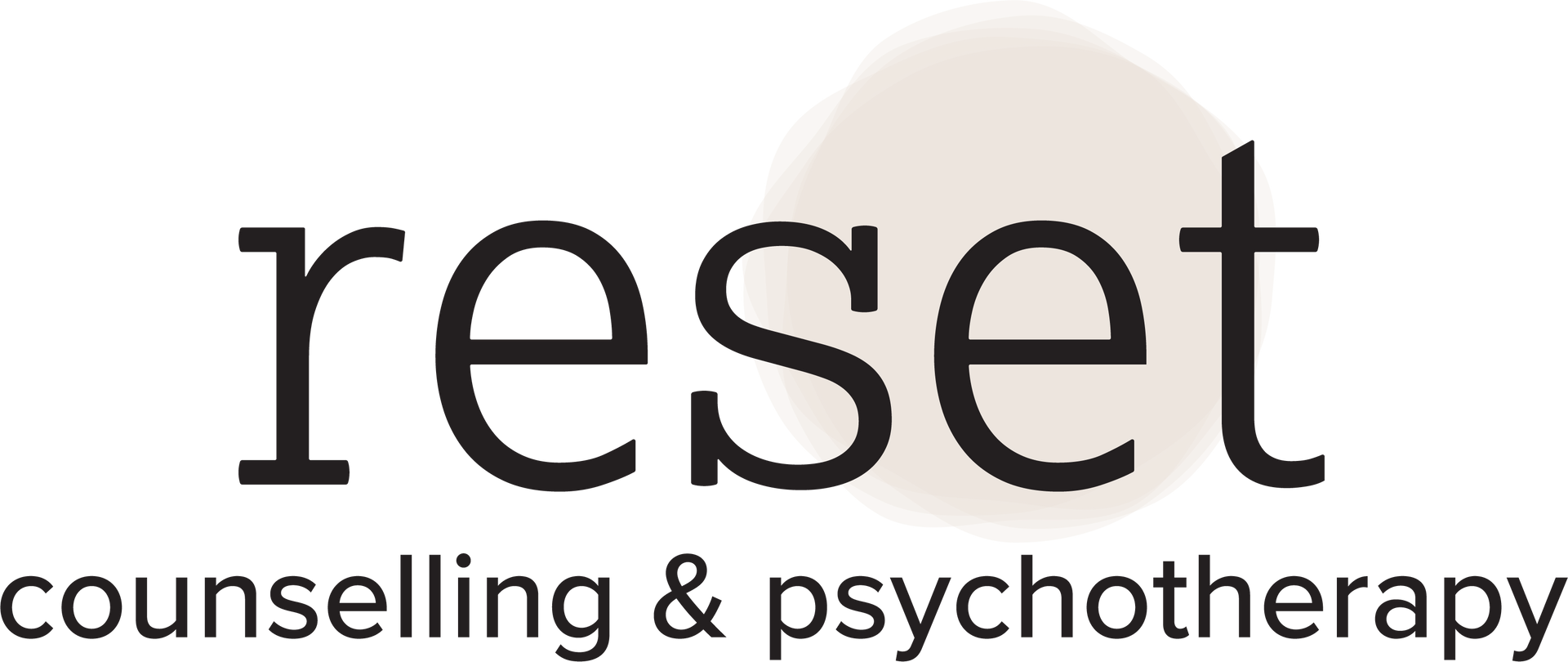Building a Mental Health Toolbox: Good Habits for Good Days
How regular, healthy habits can strengthen and prepare you for tougher days ahead.

When we talk about mental health, the conversation often begins in crisis—what to do when things go wrong. But just as important, and perhaps more powerful in the long term, is the work we do before the storm hits. That’s the foundation of a mental health toolbox: a personalized collection of practices, habits, and strategies that you build when you’re doing well, so you have something sturdy to fall back on when life gets hard.
Today, we’re diving into good habits for good days—those intentional, proactive rhythms that support your mental health while you’re feeling relatively balanced. Think of it as mental health maintenance, not crisis intervention.
What Is a Mental Health Toolbox?
A mental health toolbox is a set of practices, tools, routines, and supports that help you regulate your emotions, care for your body, and maintain a sense of meaning and connection in your life. When created intentionally, it includes:
- Daily health routines (sleep, nutrition, movement)
- Cognitive and emotional skills (e.g., mindfulness, reframing, gratitude)
- Support systems (e.g., relationships, therapy, communities)
- Reset practices for hard days (e.g., journaling, nature walks, breathing exercises)
Importantly, your toolbox should be as unique as you are. There’s no one-size-fits-all formula. What works for your therapist, your partner, or your favorite self-help author might not work for you—and that’s okay.
Why Start When You’re Doing Well?
It’s tempting to think of self-care as something we only do when we’re overwhelmed, anxious, or burned out. But the best time to strengthen your habits is when you’re already in a good place. Why?
- You have the capacity. Good mental health gives you the clarity and energy needed to try new habits.
- It builds resilience. Just like saving money for a rainy day, healthy routines accumulate and give you a buffer for when life gets chaotic.
- You're more likely to be consistent. Habits built during peaceful seasons are more sustainable and less reactive.
Step One: Support Your Body First
Before we dive into any advanced techniques or tools, let’s return to the basics: sleep, nutrition, and movement. These are the three foundational pillars of both physical and mental health.
- Sleep: Adults need 7–9 hours of consistent, quality sleep. Poor sleep is linked to increased depression, anxiety, and emotional dysregulation.
- Nutrition: A diet rich in whole foods (think: leafy greens, healthy fats, good quality protein, and low sugar) can positively influence your mood. What you eat truly affects how you feel.
- Movement: Exercise reduces stress hormones and boosts serotonin and dopamine, which are key to a stable mood. Even a 10-minute walk can help regulate your nervous system.
As Lindsay often shares, he begins her day with “light, water, and movement”—a quick morning checklist that aligns with his training in cognitive-behavioral therapy (CBT). It’s a reminder that to shift your mind, sometimes you have to shift your body first.
Step Two: Experiment With Morning Rhythms
Morning routines are deeply personal. Some of us wake up ready to work out and tackle the day, while others prefer to ease into productivity by doing light chores or simply sipping coffee in silence. What matters is that your morning helps set the tone.
Instead of prescribing a “perfect” routine, ask yourself:
- What makes me feel grounded in the morning?
- When do I feel most energetic, and how can I leverage that time?
- What’s one small action I can take each morning to invest in my well-being?
Try to build a rhythm, not a rigid script. Lindsay and Kathleen described how they experimented with joining the “5 a.m. club” after returning from a trip—breaking the early hours into 30-minute chunks for exercise, reading, and personal care. But they also noted that life happens. Kids get sick. Schedules change. Routines fall apart. And that’s okay. The point is progress, not perfection.
Step Three: Use Positive Psychology Tools
Positive psychology offers evidence-based strategies that go beyond “positive thinking.” These tools help you cultivate traits like optimism, resilience, and gratitude—even when nothing is wrong.
Here are a few to try:
- Gratitude Journaling: Write down three good things each day. This simple act can boost happiness and reduce depression.
- Savoring: Take a few minutes to linger in a positive experience such as enjoying the warmth of your teacup, smelling flowers, or listening to birds.
- Strength Spotting: Reflect on moments when you used your personal strengths and how it impacted your day.
- Optimism Practice: When faced with challenges, ask yourself, “What’s a possible good outcome here?”
These practices work best when done regularly—like brushing your teeth. Over time, they rewire your brain to notice joy, connection, and hope more readily.
Step Four: Invest in Relationships
Decades of research have shown that the quality of our relationships is one of the strongest predictors of lifelong happiness and mental health. It matters more than money, career success, or even physical health. That doesn’t mean you need dozens of friends or a picture-perfect marriage. But it does mean you benefit from intentional connection.
Some micro-habits to consider:
- A six-second kiss or 20-second hug with your partner (John Gottman suggests this releases oxytocin—the “connection hormone”)
- Daily check-ins with a loved one
- Sending a kind text or compliment each day
- Scheduling weekly catch-ups with friends
Positive relationships aren’t built in a day—they’re the result of small, repeated actions that communicate safety, affection, and presence.
Step Five: Plan for Disruption
Life changes. Babies are born. Jobs shift. Illness strikes. Travel happens. These events can completely derail even the best mental health routines. That’s why flexibility is key.
Rather than aiming for a rigid “everyday must look the same” mentality, try:
- Seasonal thinking: What worked in one life season might not work in another. Reevaluate every few months.
- Grace over guilt: Missed a few days? That’s human. Be kind to yourself and gently resume when you can.
- Anchor habits: Identify one or two small things you can always come back to. For some, it’s drinking water. For others, a short walk or journaling.
Your toolbox isn’t static—it grows and evolves with you.
Small Steps, Big Impact
Building a mental health toolbox isn’t about mastering a list of “shoulds.” It’s about getting to know yourself deeply—what supports you, what drains you, and what keeps you rooted. The goal isn’t constant happiness, but resilient well-being—the ability to bounce back and thrive across life’s ups and downs.
Start small. Choose one habit. Add it in on a good day. Let it grow. And remember: every small, healthy rhythm you build will strengthen your ability to cope when things get tough.
___________________________________________
This blog is a companion to our podcast Beyond the Session which you can find here: https://open.spotify.com/episode/5yzh6KkHFlrcmnD4UHUwaD
To book an appointment, please use https://lindsaytsang.janeapp.com
Photo by Oleg Ivanov on Unsplash

